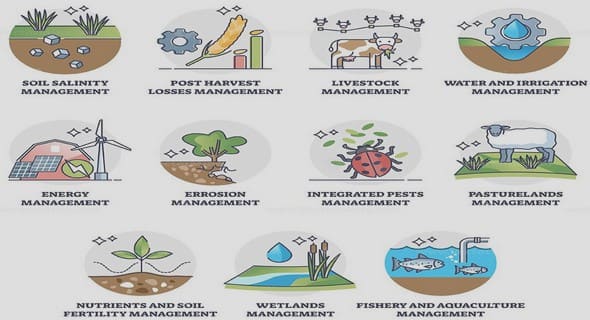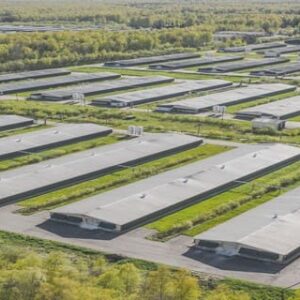(Downloads - 0)
For more info about our services contact : help@bestpfe.com
Table of contents
CHAPTER I: Literature review
I. Bread wheat features
a. Economic importance
b. Nutritional importance and industrial uses
c. Origin, domestication and geographical distribution of wheat
d. Wheat genetic resources
e. Wheat developmental stages and yield achievement
i. Aerial development and yield achievement
ii. Roots establishment and growth in cereals
f. Grain yield progress from the XVIIIe to the 1990’s
II. From the concept of stress to the characterization of the environment
a. Definition and description of water deficit and high temperature stresses
b. Distribution of water deficit and heat stresses worldwide on wheat cultivated areas
c. Water movements from the soil to the atmosphere through the plant
i. Theory and concepts of water potential (Taiz and Zeiger, 2010b)
ii. Water in the soil
iii. The gradient of water potential drives the water through the soil-plantatmosphere continuum
d. Characterization of the environment
i. An agronomic diagnostic using probe genotypes
ii. Characterizing the water deficit along the crop cycle
III. Impact of drought and heat stress on wheat
a. Differential sensitivity to drought and heat stress along the crop cycle
b. Grain yield achievement
c. Physiological effects of drought and heat stress on plant development and growth
i. Aerial development and growth
ii. Impact on the rooting system
iii. Drought and heat stress impact the photosynthesis process
IV. Adaptive responses of cereals to water deficit and heat stresses
a. Concepts of tolerance and resistance to drought and heat stress
b. Conceptual models for traits associated with adaptation to drought and heat stress
prone environments
c. Traits to improve tolerance to drought and heat stress
i. Water uptake, WU
ii. Water and radiation use efficiency, WUE/RUE
iii. Harvest index, HI
d. Bread wheat breeding: improvement of tolerance to drought and heat stress
V. Highlighting and assessing the huge available natural genetic diversity of bread wheat for drought and heat stress tolerance
a. Genetic variability for yield driving traits under drought and heat stress conditions
b. Genetic elements influencing the genetic variability: Ppd, Rht, 1BL-1RS
c. Study of the GEI, or how better benefit can be taken from the understanding of how the genetic variability interacts with the environment
i. Importance of the GEI
ii. Presentation of the GEI
iii. Analytical tools to study the GEI
VI. Assessing the genetic determinism of tolerance to drought and heat stress
a. From genetic and physical maps to whole wheat genome sequencing
b. Quantitative trait loci analyses
c. Impact of the segregation distortion on QTL analysis
d. QEI: dissection of the genetic component of the GEI
e. Synthesis of the previously reported QTL for traits associated with drought and heat stress tolerance in wheat
CHAPTER II: Objectives and strategy developed during the thesis
I. Frame and objective of the thesis
II. Research questions and strategy developed
III. Plant material and experimental design of the study
a. The plant material
b. Experimental trial network design
CHAPTER III: E, environmental characterization of the trial network
CHAPTER IV: GEI, study of the genotype-by-environment interaction
CHAPTER V: G, study of the genetic component
CHAPTER VI: General discussion and conclusion
I. General conclusions
a. Importance of the environmental characterization in MET network
b. Importance of the physiological phenotyping approach in the understanding of the drought and heat stress tolerance in wheat
c. Dissection of the genotype-by-environment interaction using environmental covariates revealed the stress sensitivity of the germplasm
d. Genetic dissection of the traits involved in the control of drought and heat stress tolerance in wheat can lead to a wider use of the QTL-by-environment interaction
II. General discussion
a. Need for standard protocols
b. New phenotyping methods
c. Interest of the genetic material studied
d. Relevant genomic regions directly usable in breeding
III. Perspectives
a. A new experimental design to tackle the long term objective of the thesis
b. Use of the environmental characterization methodology developed to characterize the bread wheat trial network
c. Winter x spring wheat crosses
d. To go further on genetics




